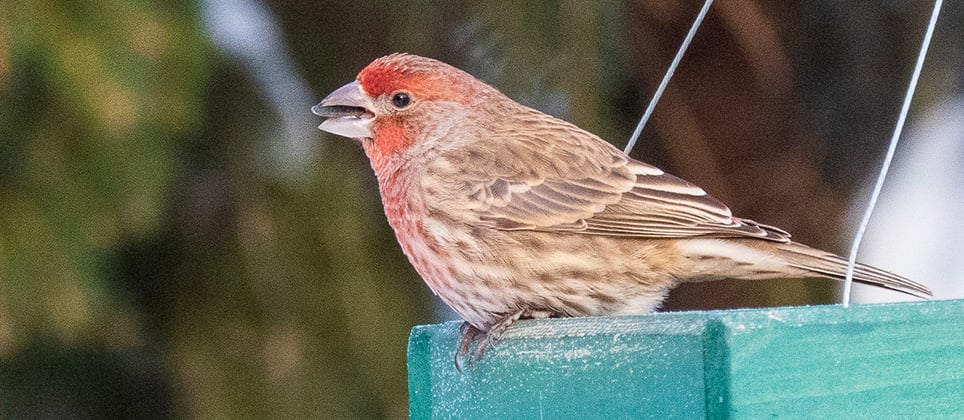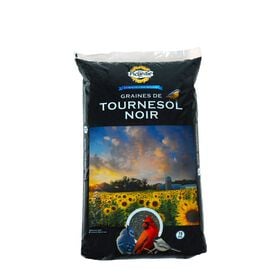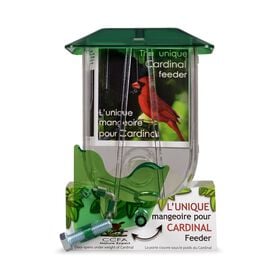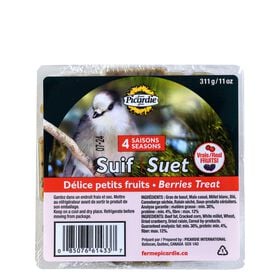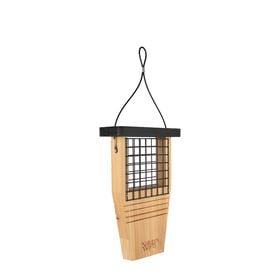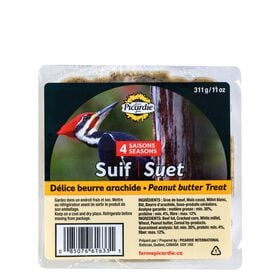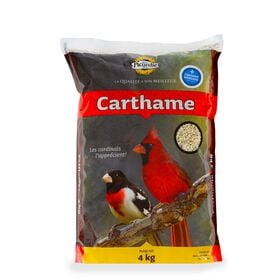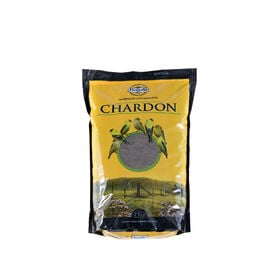You enjoy admiring wild birds of all kinds flying near the house in summer and winter? To attract them to your yard, make sure your feeders are fully stocked! But how do you choose from all the options? Black oil sunflower seeds, or striped? Rapeseed or safflower? Seed mix, or no seed mix? To help you, here’s a brief description of some of the more popular choices.
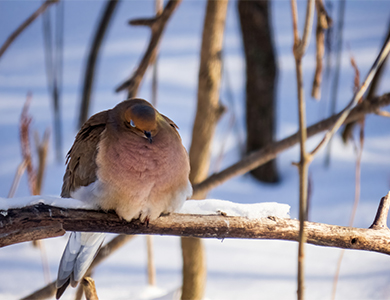
Types of bird seed
The following list will help you choose the best food for the bird species in your area.
Black oil sunflower seed
If you’re only going to buy one type of seed, black oil sunflower should be it. It is a favourite among practically every bird, including jays, chickadees, nuthatches, cardinals, juncos, finches and sparrows. Given its popularity, black sunflower seed should be purchased in large quantities.
Striped sunflower seed is also available, but is less popular among birds due to its larger shell.
Thistle
The American Goldfinch will always opt for thistle when it’s on the menu. The same goes for pine siskins and redpolls.
Redpolls live in the North and generally visit every other winter, dozens of them often opting to spend the entire winter perched on your feeder, stuffing themselves on thistle.
However, this seed can often be costly, so we recommend using a hopper-type feeder so that birds can take only one seed at a time (thistle silo).
Also read: How do birds survive the winter?
Rapeseed
Rapeseed is the preferred food among house finches. American goldfinches and redpolls may also be tempted to feast on them, as will turtledoves, who will often gather seeds that fall to the foot of the feeder. Note that sparrows are not too fond of them, which can come in handy for those who feel they are feeding every sparrow in the neighborhood!
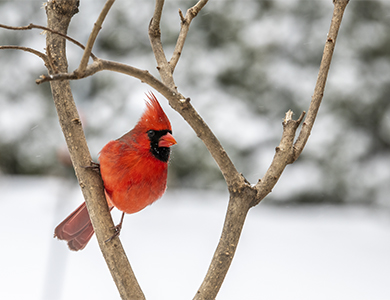
Safflower
Safflower is a favourite among cardinals and, to a slightly lesser degree, chickadees. As for sparrows, starlings and squirrels, not so much.
It is thus an ideal choice for those who want to attract the magnificent Cardinal. Remember that the latter much prefer stable versus suspended feeding posts.
White millet
White millet is preferred among turtledoves, buntings, juncos and other birds who like to eat from the ground or perched on a platform. Other types of millet (golden, red) are not popular among birds.
Corn
Though corn is regularly consumed by turtledoves, jays and cardinals, some precautions must be taken when giving it to birds. Avoid using it when it is humid or rainy in order to avoid mould. Corn and peanuts rot the fastest in humid temperatures.
Peanuts
Peanuts are a delicious treat for woodpeckers, jays, chicakdees and other birds. Like corn, they should be given is small portions and ideally during dry weather. Otherwise, mushrooms could develop and potentially poison the birds.
Fruits
Most tangara birds will spend the winter in the South, but American robins sometimes choose to stay in our neck of the woods, especially if there is plenty of cover and fruit trees. In this case, it wouldn’t be a bad idea to leave a few pieces of orange or banana slices. In addition to robins, hordes of cedar waxwings and pine grosbeaks may also be tempted by them.
Suet
A square of suet is usually introduced to birds from behind mesh netting. Woodpeckers, chickadees and nuthatches love them. The wide variety of suet found on feeding posts will have no influence on the types of birds you attract.
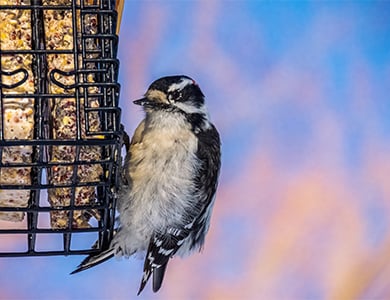
What about mixed seeds?
They might be great for some birds, but other, less appetizing seeds (i.e., red millet) are often put in these mixes as filler. They are thus often wasted and end up rotting in the snow or grass, leaving the appearance that a number of birds have visited your feeder while in reality they are simply cherry-picking.
Make sure you check the content of the food mix before purchasing. Alternatively, you can create your own mix using the preferred seeds of the birds who most often visit the feeders in your garden.
Additional tips
- Start filling your feeders as soon as the temperature starts to drop and carry on throughout the winter to ensure that the birds have a reliable source of food.
- Fill your feeders early in the morning and late in the afternoon. Try to keep to a regular feeding schedule.
- Avoid dispensing large quantities of seed all at once, as it may become damp. It's better to fill your feeders regularly with smaller quantities.
- Make sure that your feeders are not installed where cats could hide and ambush the birds.
- Wash your feeders regularly to prevent disease. Also clean the areas where the seeds fall if you don't want to be visited by rodents.
- Don't give bread to birds, as they may have difficulty digesting it.
If you have the space, offering birds a variety of food will undoubtedly result in a greater variety of species in your garden! You'd like to share your passion for birds? Discover eBird, a tool specially designed to gather the observations of different birds all over the world!
